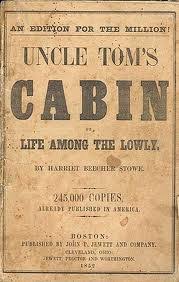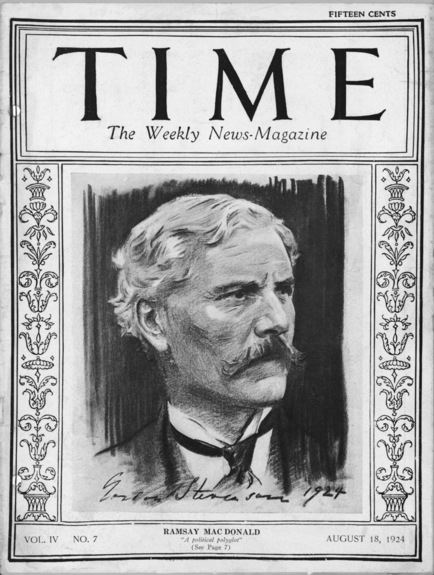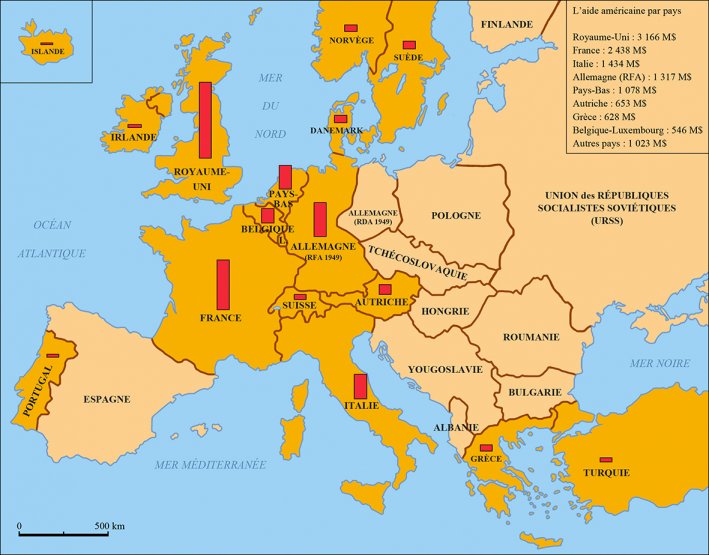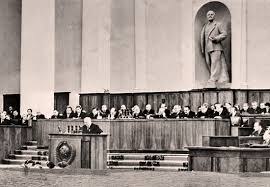1851 Harriet Beecher Stowe’s anti-slavery story, ‘Uncle Tom’s Cabin, or, Life among the Lowly’ began to appear in serial form in an abolitionist newspaper. It was published as a book in Boston in the next year and sold an astonishing 300,000 copies in twelve months. By 1857 more than two million copies had been sold, making her and the publisher very rich. She gave most of the money to the abolitionist cause. Simon Legree is a violent, crude, and corrupt slave owner in this story, and a Republican voter.

1929 Ramsey MacDonald formed a second minority Labour government in coalition with Lloyd George’s Liberals. The first had lasted nine months in 1924. MacDonald appointed the first woman to cabinet when Margaret Bondfield became Minister of Labour. Oswald Mosley was also in this cabinet. MacDonald offered self-government to India, short of independence. In reaction to the stresses of the Great Depression, the Labour Party split, expelling MacDonald who then lead a National Government dominated by Conservatives until 1935! No one in Britain would consider deficit spending as recommended by John Maynard Keynes and adopted by the Roosevelt administration across the Atlantic.

1933 Washington DC. The United States went off the gold standard, denying creditors the right to be paid in gold. It was one part of a general plan to accumulate gold reserves. In 1974 the Nixon Administration ruled that the US would never return to the gold standard and it has not.

1947 In a commencement address at Harvard University Secretary of State George Marshall laid out the need for what would become known as the Marshall Plan to reconstruct Europe. He described the parlous conditions he had seen in post-war Europe in contrast to the thriving USA. A biography of this giant is discussed elsewhere on this blog. By the way, his only son was killed at Anzio.

1956 Premier and First Secretary Nikita Khrushchev denounced Comrade Josef Stalin to the Twentieth Congress of the Communist Party in a closed session. This was the so-called secret speech, lasting four hours. He detailed the scope, depravity, cruelty of Comrade Stalin and his many acolytes and supporters, some of whom were in attendance and sat in a stony silence. Though not published, the secret speech was widely circulated, e.g., a young Komsomol officer named Mikhail Gorbachev read it. There was considerable reaction from Stalin’s defenders and later they claimed that the speech encouraged the revolts in Poland and Hungary. Secret or not I found three different dates on the internet for it.

Skip to content
